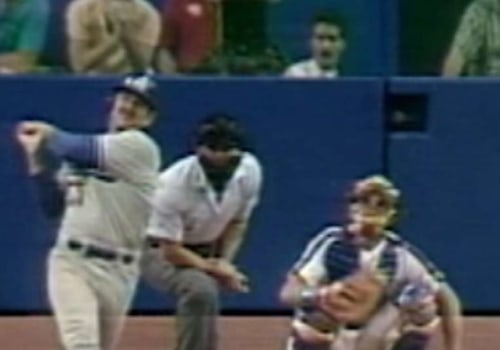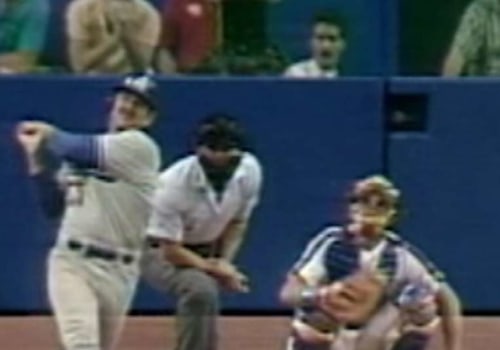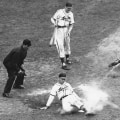In baseball, a triple play (TP) is an incredibly rare act of making three outs during the same inning. Since 1876, there have only been 733 three-pointers in Major League Baseball (MLB), averaging just over five per season. Joe Pignatano remains the only player in MLB history to end his career with a triple play. It usually involves a hit ball being thrown to shortstop or third base, with the runner going to third base being eliminated, and then the ball being thrown to second base for a forced play and finally to first base to eject the batter.
Triple plays are relatively uncommon due to the specific circumstances that must arise in a game. For example, two runners must already be on base with no outs, and the batted ball must be hit in a way that allows it to be thrown cleanly so that three basemen can be left out. Triple plays without assistance are not extremely difficult for Major League Baseball players to achieve; their rarity is due to the specific conditions that must be met for them to occur. The first official triple play in MLB history was made by Jiggs Donahue, Billy Gilbert and Bill Friel of the Brewers on September 30, 1962. Joe Pignatano made a triple play against the Chicago Cubs during the last at-bat of his major league career.
GITP stands for Grounded into a triple play, and is used to document this type of play on scorecards. There are many ways to make a triple play; most of them are done with runners at first and second base. For example, a team could organize a baseball game in which runners go to the next base of a field. Another common sequence is an in-line drive to the shortstop or second baseman who is caught without the runners realizing it or after having taken a big advantage (such as in the case of a hit and run), and runners are ejected if they fail to score.








Leave a Comment